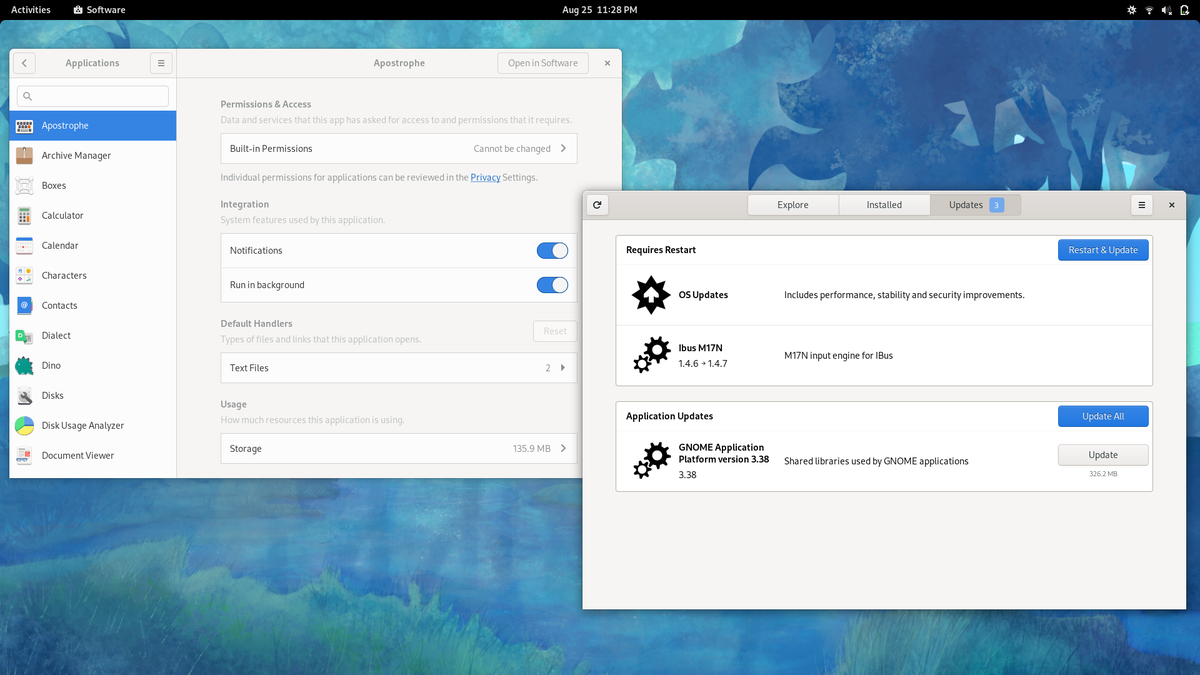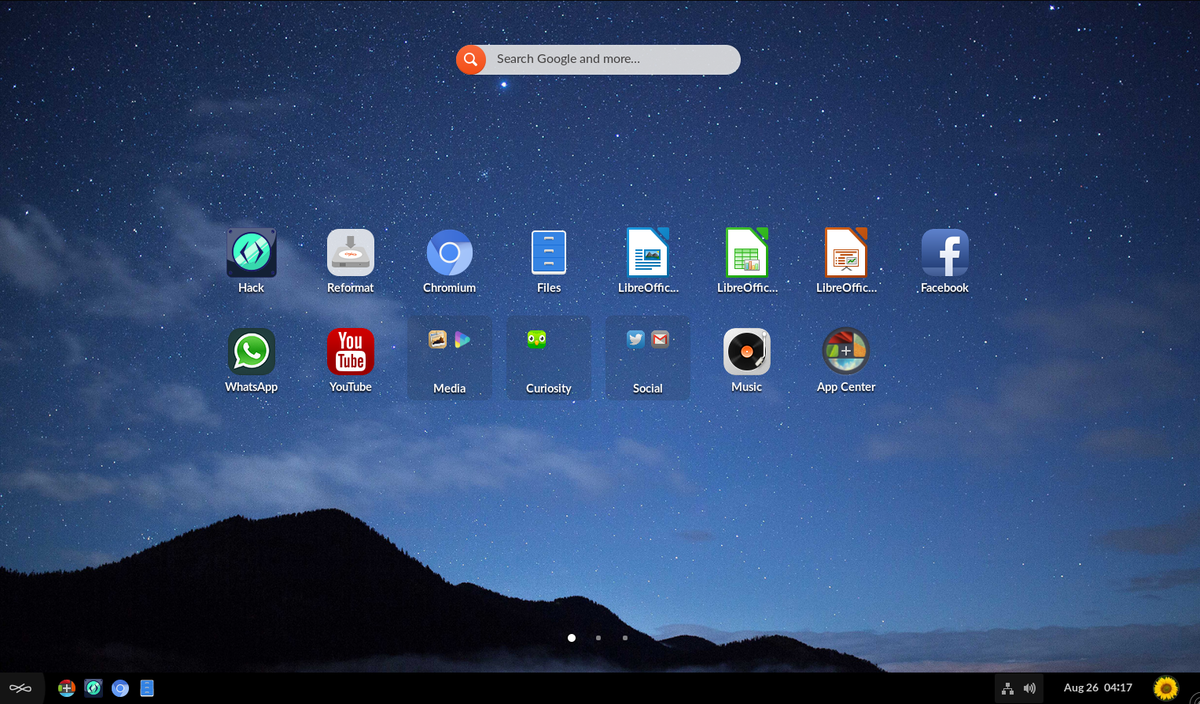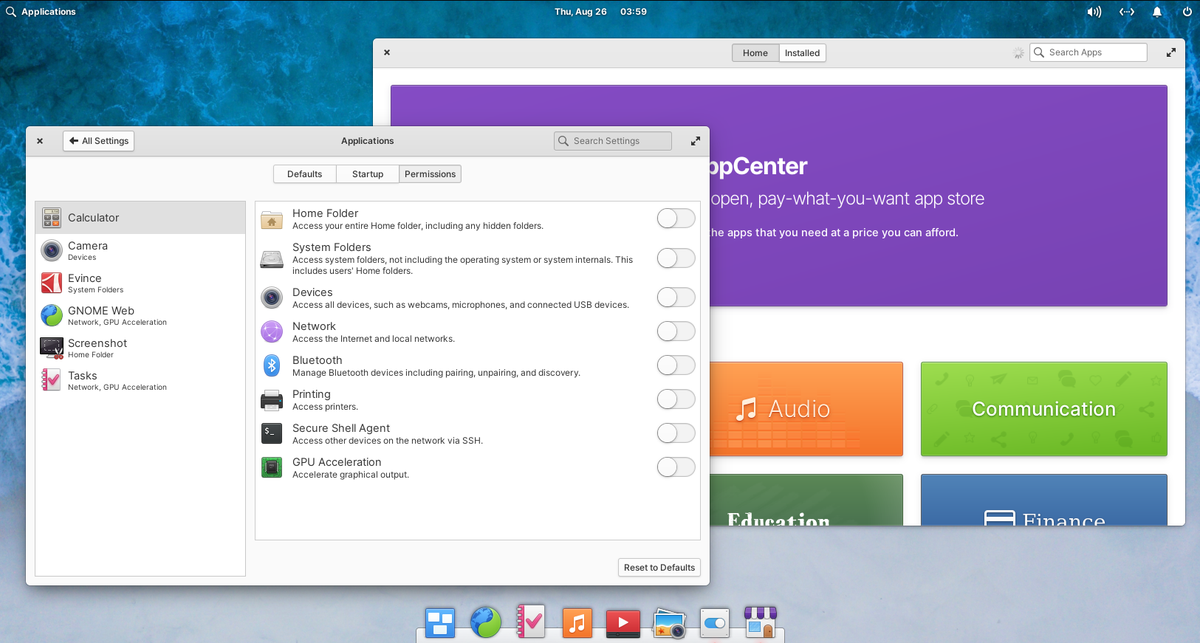Flatpak is one of the newer package formats to grace the Linux desktop. This is a single format that allows you to install software across any Linux distribution, with that software in theory only accessing parts of the computer that you permit.
Some Linux distributions have already embraced Flatpak in a big way, going all-in on the format. What is it like to use a Flatpak-only desktop?
What Is Flatpak?
Flatpak is a way of distributing or downloading apps for Linux. There is a lot to be said about them, so for a deep dive, check out our explainer on Flatpak apps.
For a brief overview, there are several issues that Flatpak apps are intended to address:
- Flatpak is a universal format intended to work on virtually all Linux distributions.
- It isolates apps from one another, only giving access to the parts you grant permission to, similar to Android and iOS.
- Flatpak apps do not need you to enter your password when installed or removed.
- Flatpak apps continue to work on newer versions of Linux.
Put simply, Flatpak aims to make app development and distribution for Linux as simple and secure as it is on mobile devices.
Which Linux Distros Are Flatpak-Only?
Not all distros that have embraced Flatpak as the primary package format have done so in the same way. But these are the three prominent Linux distros that have embraced Flatpak as the default and primary way of distributing apps.
1. Fedora Silverblue

Fedora Silverblue is a version of Fedora Workstation that, instead of building the system with RPMs, treats the root filesystem as a read-only image managed by software known as OSTree. You don’t download updates for the system, you download a whole new image to replace your existing one.
The benefit of this is that it’s difficult to break your system to a point where it is unable to boot. And if a new version does introduce problems, it’s also easy to boot up a previous image, undoing the unwanted changes.
As for software, that’s where Fedora Silverblue turns to Flatpak. All of the apps you install from GNOME Software come in the Flatpak format. Fedora maintains its own set of Flatpak apps, and you can turn to Flathub for more.
To install software in any other format, you can either do so in a container within the terminal using a program known as Toolbox, or you can add specific RPMs to your system image. Since adding RPMs to the image requires a full restart each time, this is not the ideal way to install apps and is best only for those programs that aren’t yet available in the Flatpak format.
2. Endless OS

Endless OS is a distribution targeting children, schools, and areas of the world without steady internet access. Like Silverblue, Endless uses a combination of OSTree and Flatpak. Unlike Silverblue, Endless OS’s system image is based on DEBs.
Endless takes a stricter approach to apps. You only install software via the App Center, which only distributes apps in the Flatpak format.
Endless OS does not use a traditional desktop interface (though it is based on GNOME), nor are many of its apps traditional Linux apps. This is a fundamentally different kind of experience.
3. Elementary OS

Elementary OS, too, is a very different take on Linux. Starting with elementary OS 6, AppCenter by default only shows apps specifically made for elementary OS and also only shows Flatpak apps.
So even though elementary OS remains a traditional package-based system, with system updates distributed as DEBs, you cannot see any apps installed as DEBs inside AppCenter.
Since elementary OS remains an Ubuntu-based distro, you can still use the terminal to install any app available in Ubuntu’s repositories, but you will be dependent on the terminal to install updates or remove these programs.
On the flip side, if you install a single app from Flathub, you will gain the ability to see all apps available from that source inside AppCenter, since these are Flatpak apps.
Is Going Flatpak-Only Practical?
That depends on what kind of software you regularly use and the kind of experience you want to have. Notice that each of the three distros listed above provides a specialized user experience.
Fedora Silverblue essentially provides the purest GNOME experience available for Linux, utilizing the technologies the community is focusing on. The GNOME community has put more energy into developing and utilizing the Flatpak format than other Linux desktop environments, and most GNOME software is readily available.
Likewise, on elementary OS you will have the best experience sticking to curated elementary apps. At the time of writing, other apps from Flathub are more likely to stand out on version 6.0 than on previous versions, as many apps now default to the GNOME Adwaita theme rather than the elementary theme.
And as mentioned before, Endless OS really is its own thing.
Who Might Want to Go Flatpak-Only?
If you want an operating system that just works and gets out of your way, this approach is a step in that direction. Users can’t configure their systems as easily as traditionally done on Linux, but there’s much less that can go wrong.
If the majority of apps you use are available through Flathub, then you’re less likely to have significant disruption to your workflow.
The permissions model provides more peace of mind. You can block apps from accessing parts of your computer that you may not like. This is even more of a plus when you install proprietary software that you may not trust.
If you’re a developer, Silverblue’s container-based approach also allows you to work without having to install myriad dependencies on your core system.
Who Might Want to Avoid Going Flatpak-Only?
If you primarily use cross-platform apps or more niche specialized programs that aren’t in Flathub, it’s possible to install these programs in Silverblue and elementary OS, but the experience involves jumping through more hoops than you’re accustomed to and you may find the end result to be less pleasant than before.
If you’re a developer, you will have to adapt your workflow. On some distros, you might not be able to do the kind of work you wish at all.
Flatpak apps have larger file sizes than DEBs or RPMs. This means you will use more internet bandwidth on downloads and more space on your hard drive. That’s something to keep in mind if either is at a premium.
If you enjoy customizing every aspect of your computer, the isolation inherent to the design of Flatpak can get in your way. It’s possible to theme Flatpak apps, but until all of the software you use gets configured to work with Flatpak’s permissions system, you may find that some of your go-to tweaking tools don’t work.
Flatpak Has Come a Long Way
Not that many years ago, Flatpak was a promise of easier times to come. Now newcomers of Linux are able to install up-to-date software on their machines without going through any of the old hurdles.
The technology has progressed enough that Linux desktops are able to rally around the format and deliver a stable and dependable experience. The question is whether this experience changes much of what you personally love about Linux.